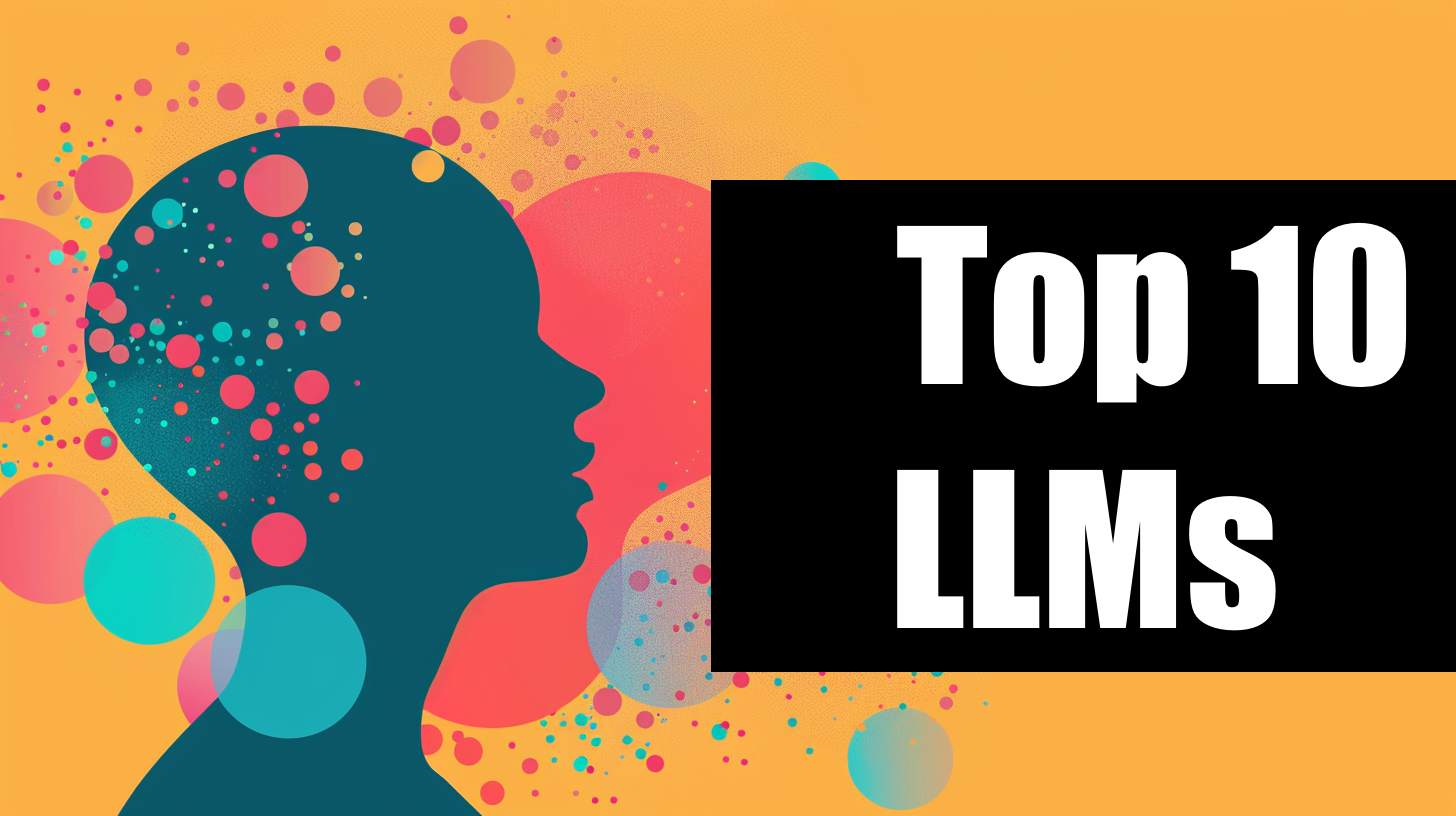The field of Generative AI is rapidly evolving, with a variety of popular models available for both commercial and open-source use. These models leverage extensive datasets and advanced algorithms to generate human-like text, offering solutions for a wide range of applications from chatbots to creative writing and beyond. Below, we highlight ten of the most popular large language models (LLMs) currently making an impact in the industry.
GPT (Generative Pre-trained Transformer)
The GPT series, developed by OpenAI, includes some of the most advanced language models available today. GPT-3 and the recently released GPT-4 are renowned for their ability to generate coherent and contextually relevant text. OpenAI’s GPT models are available through the OpenAI API, making them accessible for integration into various applications. For more information, visit the OpenAI website.
LLaMA (Large Language Model Meta AI)
LLaMA, created by Meta AI (formerly Facebook AI), is designed to be highly efficient and scalable. It aims to provide advanced language understanding and generation capabilities while maintaining lower resource requirements compared to some other models. Meta AI provides extensive documentation and research papers on LLaMA, which can be accessed here.
Mistral
Mistral is an open-source language model developed by the collaborative efforts of researchers in the AI community. It focuses on providing robust language generation and comprehension while being highly customizable for various applications. Detailed information and access to Mistral can be found on its official repository.
Phi
Phi is a cutting-edge language model known for its creative and contextually aware text generation capabilities. Developed by a consortium of AI researchers, Phi is available for both commercial and academic use, with extensive documentation provided for developers. Learn more about Phi on its official page.
BERT (Bidirectional Encoder Representations from Transformers)
BERT, developed by Google AI, is a pre-trained model designed to understand the context of a word in search queries and other text-based applications. It has significantly improved the accuracy of natural language understanding tasks. You can explore BERT’s functionalities and access resources on the Google AI blog.
T5 (Text-To-Text Transfer Transformer)
T5, also developed by Google Research, treats all NLP tasks as text-to-text problems, making it versatile for various applications such as translation, summarization, and question answering. T5’s model and resources are available on Google Research’s GitHub.
GPT-Neo
GPT-Neo, developed by EleutherAI, is an open-source alternative to OpenAI’s GPT-3. It aims to democratize access to large-scale language models, providing a powerful tool for developers and researchers. More details and the model can be accessed on the EleutherAI website.
XLNet
XLNet, created by researchers at Google AI and Carnegie Mellon University, improves on BERT by using a permutation-based training approach. This allows XLNet to capture bidirectional context more effectively. You can read more about XLNet and access its resources here.
RoBERTa (A Robustly Optimized BERT Pretraining Approach)
RoBERTa, developed by Facebook AI, enhances BERT’s pre-training methodology to achieve better performance on a variety of NLP tasks. RoBERTa’s model and related resources can be explored on the Facebook AI Research GitHub.
Turing-NLG
Turing-NLG, developed by Microsoft, is one of the largest language models created, designed to generate human-like text with a deep understanding of language nuances. Microsoft provides extensive resources and documentation for Turing-NLG, available on the Microsoft AI blog.

